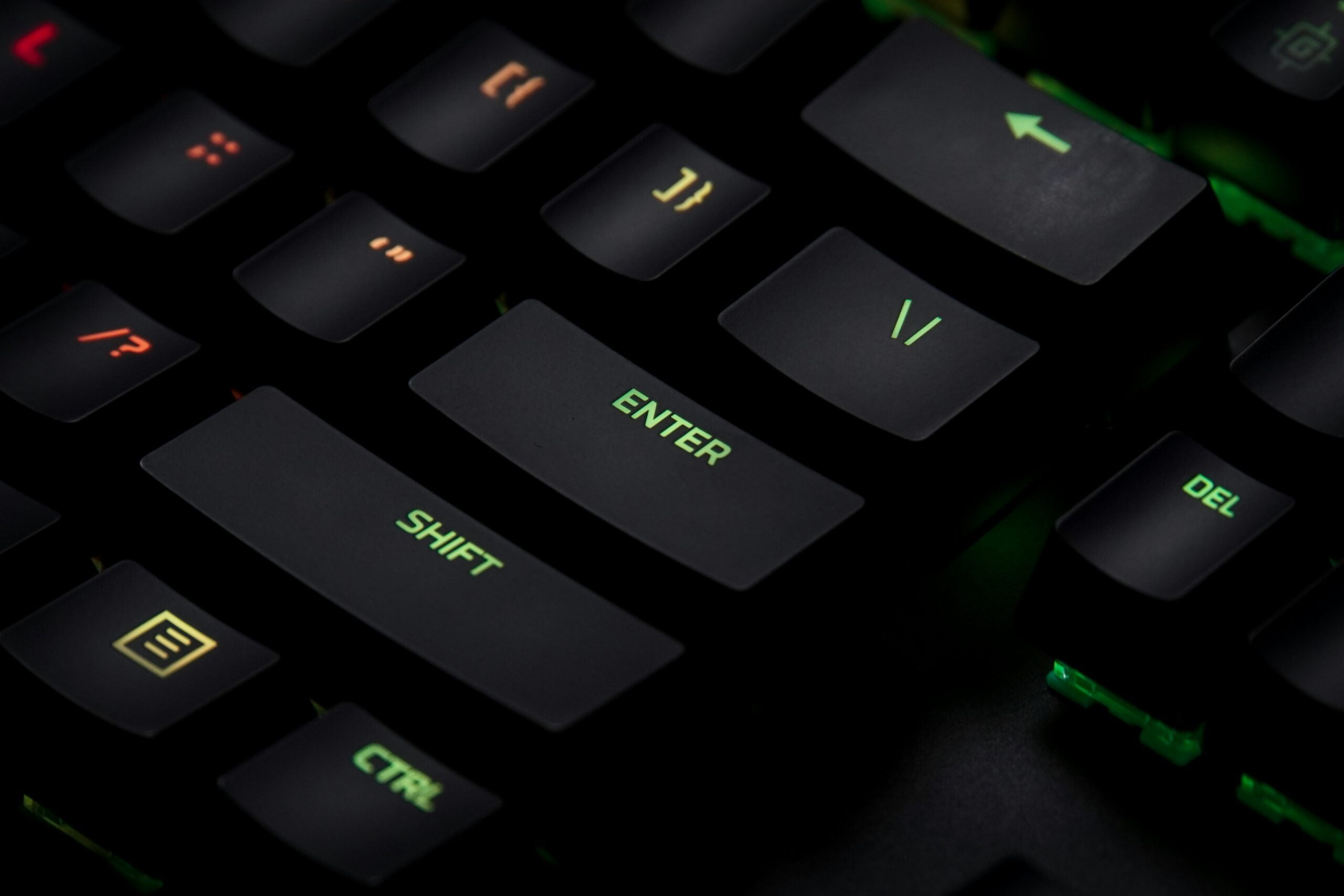
Mechanical keyboards have revolutionized the world of computer peripherals, offering a wide range of shapes, sizes, and most importantly, switch types. Understanding the different types of mechanical keyboards and their unique features is essential for finding the perfect peripheral that suits your needs. In this comprehensive guide, we will explore the three main switch types – Linear, Tactile, and Clicky – and discuss the pros and cons of mechanical keyboards.
Types of Switches
1. Linear Switches: Linear switches provide a smooth keystroke without any tactile feedback or audible click. These switches are ideal for fast typists and gamers who require quick and precise input. The absence of any bump or click allows for rapid keystrokes, enhancing the overall typing or gaming experience.
2. Tactile Switches: Tactile switches, on the other hand, offer a distinct bump feedback mid keystroke. This tactile feedback helps typists to feel when a key is actuated, resulting in more precise input. Tactile switches are favored by typists who value accuracy and enjoy the tactile sensation during typing.
3. Clicky Switches: Clicky switches, similar to tactile switches, provide a bump feedback. However, they also produce an audible click sound with each keystroke. This auditory feedback can be satisfying for users who appreciate the sound of their keystrokes. Clicky switches are popular among typists who enjoy the extra sensory experience while typing.
Pros of Mechanical Keyboards
1. Enhanced Durability: Mechanical keyboards are built to last. They are constructed with higher quality materials compared to standard membrane keyboards, making them more resistant to wear and tear. This durability ensures that your keyboard will withstand heavy usage for years to come.
2. Customizability: One of the major advantages of mechanical keyboards is the ability to customize them according to your preferences. With a wide variety of switch types, keycap options, and RGB lighting, you can personalize your keyboard to suit your style and aesthetic.
3. Improved Typing Experience: Mechanical keyboards provide a superior typing experience. The tactile feedback and audible click (in the case of clicky switches) offer a satisfying sensation that can potentially increase your typing speed and accuracy. The precise feedback allows you to feel each keystroke, resulting in a more enjoyable and efficient typing experience.
Cons of Mechanical Keyboards
1. Price: One of the drawbacks of mechanical keyboards is their higher price tag compared to membrane keyboards. The use of high-quality materials and the intricate design of mechanical switches contribute to the increased cost. However, many users find that the benefits outweigh the higher price.
2. Noise Level: Mechanical keyboards, especially those with clicky switches, can be quite loud. The audible click sound may not be suitable for quiet environments or shared workspaces. However, it’s worth noting that there are quieter switch options available, such as linear or tactile switches, for those who prefer a quieter typing experience.
3. Weight: Mechanical keyboards are generally heavier than their membrane counterparts. While this weight adds to their durability and stability, it may not be the best option for those seeking a portable keyboard. However, if portability is not a priority, the added weight can provide a more solid and premium feel.
Conclusion
Mechanical keyboards offer a game-changing typing experience and exceptional durability. With their enhanced durability, customizability, and improved typing feedback, they have become a favorite among gamers, typists, and tech enthusiasts. However, it’s important to consider the higher price, noise level, and weight before making a purchase decision. Ultimately, the choice of a mechanical keyboard depends on personal preferences and needs. Whether you’re a gamer, typist, or tech enthusiast, there’s a mechanical keyboard out there that’s perfect for you.
Stay tuned to ‘Take Over’ for more tech insights and reviews!
RELATED POSTS
View all


